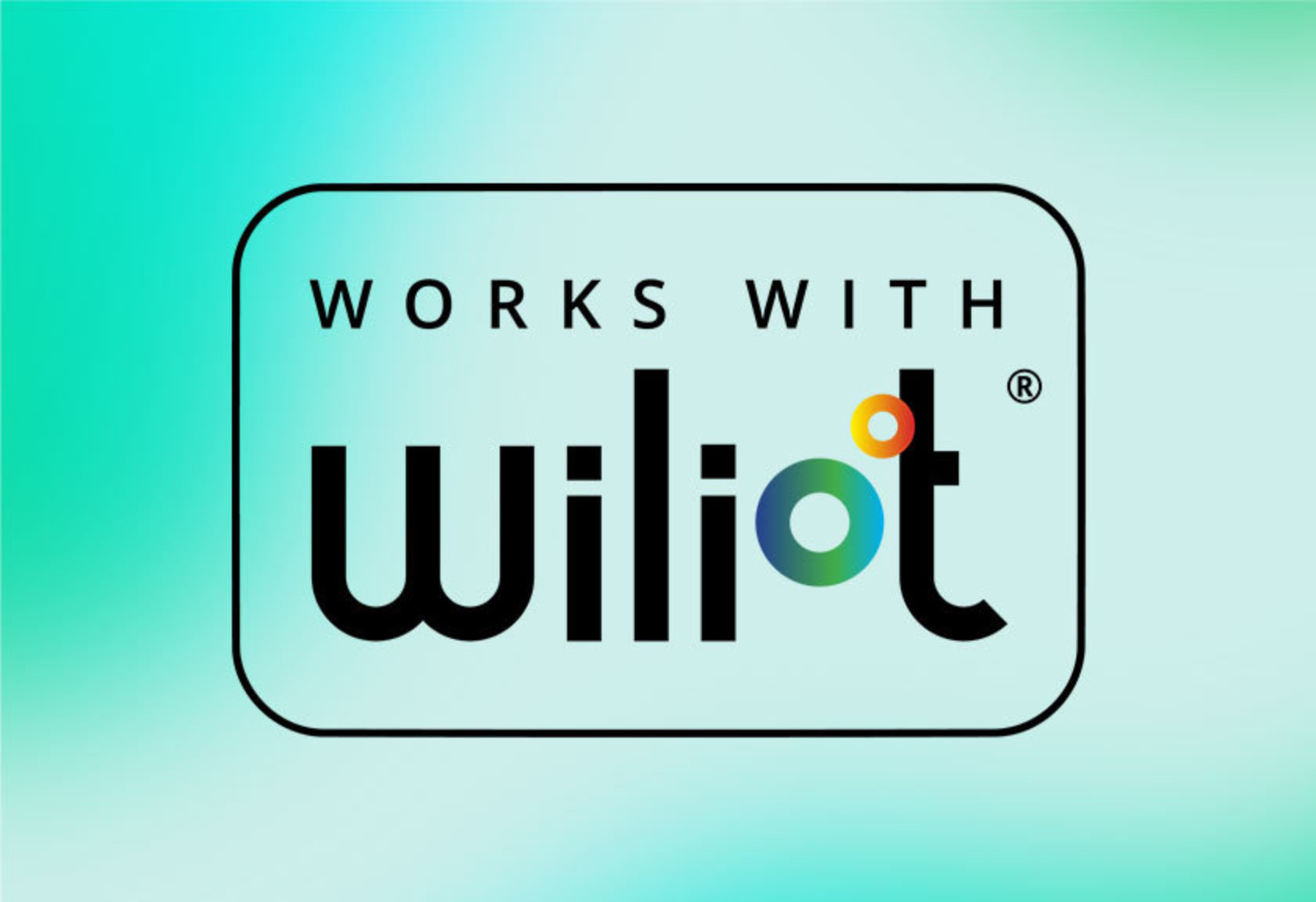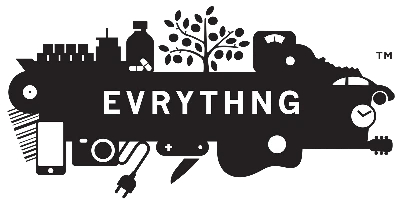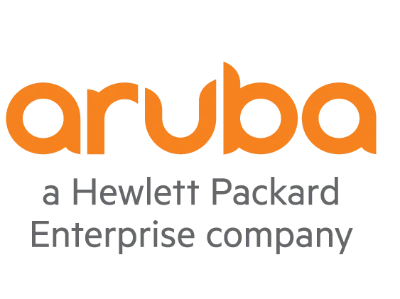



Works with Wiliot - The Power of Partnership





What & Why
Today we are announcing “Works with Wiliot”, a partner program designed to build best of breed solutions that reliably tap into our battery-free Bluetooth technology. Later on this year we will provide news about V1.0 of our product, but before that it’s important for those following these events to understand what Wiliot has been doing to integrate with all the other components necessary to put the technology into production.
It’s clear that trying to be the best at every layer in a solution stack in every vertical would be a mistake, so we decided to build a platform that could plug into the established ecosystems of smartphones, tag manufacturers, Bluetooth IoT devices, printers and applications. We also see an important role for the Management Consultants and Systems Integrators that can help our customers glue components together and adapt their organizations to capitalize on the new opportunities, such as the move from supply chain to demand chain systems.
A platform that helps our partners build successful businesses on our product opens up more options and functionality for our customers. Our strategy is to enable an extensive ecosystem that will help accelerate the shift to Wiliot’s vision of “scaling the IoT by tagging everything that’s important”, changing the way things are made, distributed, sold, used and recycled.
While we focus on our own technology building blocks, we have always considered the systems as a whole. This has enabled us to be selective about the other partners we work with to make sure the solutions can scale.
Selecting the first Works with Wiliot partners has been based on satisfying the needs of our early adopter customers who are participating in the controlled release of Wiliot. That process allows us to focus on a modest number of large projects started in January of 2019 and is likely to continue through the controlled release of Wiliot V1.0 later in 2020. Once we see that the technology scales, we will open access to what will be a much larger pool of developers and customers.
In the meantime, our goal is to make these designs are repeatable and make it easier to connect people with products.
Who
The rest of this post explains the domains where we are integrating partners that Work with Wiliot here.
Inlays, Tags and Printers

A key to achieving Wiliot’s goals of harnessing the same economics for our production as RFID is having our chips integrated into tags by working with the ecosystem of RFID inlay assemblers and tag converters. These companies utilize a highly automated process using machines from equipment manufacturers like Muhlbauer that ingest wafers of chips at one end and dispense tens of thousands of tags an hour out the other. This level of automation allows very low-cost production to be performed anywhere in the world.
Enabling this for a device that can power itself, sense, compute and communicate securely via Bluetooth is non-trivial. It’s only possible because Wiliot’s radios don’t require the traditional components such as a crystal that other Bluetooth radios require.
One of Wiliot’s investors is Avery Dennison, a Fortune 500® company and the world’s largest manufacturer of UHF RFID inlays.
Inlays are like the bone structure at the core of tags, consisting of a specially designed antennae glued precisely to the chips we produce, supported by a substrate such as paper or plastic.
Avery Dennison have been working with Wiliot and Muhlbauer to perfect the tools and techniques to produce a tag that performs well at a price so low that it breaks records in the world of Bluetooth. Utilizing their knowledge and expertise for roll-to-roll high volume manufacturing of RFID inlays, we are working together to build a strong foundation for our manufacturing processes in the future.
Avery Dennison manufacture and convert RFID into tags and labels with the right look and feel, customized to perform in a variety of environments from dry to wet, in fabric, on food, cold or heat resistant. They also work with converters across multiple segments to reach additional end markets. All this uses the techniques that the RFID and NFC industry has been perfecting for over a decade. Using these new Bluetooth inlays, converters can now embed Bluetooth into products and packaging that will go where Bluetooth has “never gone before”.
Visit the Avery Dennison booth (5319) during NRF to gain insight into their end-to-end retail solutions and progressive family of Intelligent Labels.

SATO is a global auto-ID specialist headquartered in Japan with a worldwide footprint, famous for the RFID tag printers they manufacture. Wiliot is working with SATO to produce the first printer that will be able to read Wiliot tags and print personalized content on those tags, associating the digital twin, the data in the cloud, with the text printed on the label. These tags may have pricing or other product information customized on each tag.
SATO is also preparing to manufacture Wiliot tags and integrate complete solutions for its large base of customers around the world.
See SATO’s press release announcing their participation in the Works with Wiliot program
Serialization Software

There is a major transition afoot. Companies are moving from managing their products grouped by type or SKUs to give every product a unique digital ID, a digital twin that uniquely tracks its attributes, traces its flow through the supply or demand chain, verifies authenticity and provides the hooks to engage with shoppers and owners in new ways.
Wiliot can be the source of these digital IDs in ways that eliminate the friction of tapping and scanning required with bar codes and NFC tags, but the management of the creation and use of these IDs requires a specialist software platform.
A leader in this space is EVRYTHNG. For example, global apparel leader Ralph Lauren has partnered with EVRYTHNG to connect its full product portfolio to the web – assigning each product item a unique Active Digital Identity™ in the EVRYTHNG Product Cloud to generate real-time data intelligence throughout each item’s journey from factory to the end-customer to recycling/reuse. The scale, depth and ubiquity of Ralph Lauren’s product digitization strategy are groundbreaking. We are also using the EVRYTHNG Product Cloud for many of the prototypes and pilots that we are working on.
EVRYTHNG’s Product Cloud provides a source of analytics, blockchain integration, a bridge to other enterprise applications such as CRM, ERP and DMP, and interfaces to GS1 and web of things standards. EVRYTHNG supports flexible data modeling to capture the metadata specific to the consumer products industry including, apparel, beauty, CPG and wine & spirits. Today EVRYTHNG manages billions of product items in the cloud providing brands with data at an unprecedented scale to inform business strategies and engage consumers with contextualized experiences.
See EVRYTHNG’s press release and blog highlighting our partnership.
Gateways
The ultimate gateway to the Internet of Things (IoT) is the smartphone. Wiliot’s support for Bluetooth technology unlocks the ability to tap into that ubiquitous device without having to persuade users to take actions like starting up the camera to scan a QR code, or finding the NFC tag on a product and tap it. Bluetooth has the ability to passively wake up apps that are not even running.
Support for phones is our number one priority and evidence of that is the arrival of the first versions of the Wiliot app on the Apple App Store and Google Play (for use in demos and testing).
Our ultimate goal is to minimize or eliminate the need for investment in any new infrastructure by using the Bluetooth devices that surround us today: phones, smart speakers, doorbells and lighting.
That said, Bluetooth opens up another set of IoT gateways that offer up a world of functionality to complement the phone.
Wi-Fi Access Points
It’s hard to find a building where Wi-Fi isn’t present. It’s an existing infrastructure and for the last three years the major Wi-Fi Access Point (AP) providers have been providing Bluetooth radios integrated into their products.
In the short term the transmission range of Wiliot tags will be less than the distance between APs. Our range is growing with every new version. For this reason, we are excited to enable the link between Wi-Fi APs and Wiliot tags.

Aruba is a leader in leveraging Wi-Fi Access Points and the Bluetooth devices it offers for asset tracking and indoor position sensing.
We have been working with their engineering team to recognize the standard Bluetooth packets that Wiliot tags transmit and relays those through the Aruba infrastructure to the Wiliot cloud. The cloud then enables secure management and “sensor free sensing” of temperature and movement.
If you are interested to see what this looks like and are attending the National Retail Federation (NRF) Big Show in New York in January 2020, you can see Wiliot tags being used at the Aruba booth on wine bottles to measure temperature and to trigger product specific videos when they are picked up.
Come to think of it, if you are at NRF, you can see even more demos of Wiliot tags in action at Wiliot, Avery Dennison and Sato’s booths too.

Fanstel the IoT Original Device Manufacturer is a favorite amongst developers who turn to this maker of affordable hardware that runs a range of open source software stacks.
We have been using Fanstel as our reference platform for the software we provide to other gateway vendors and for the devices we use to test our tags.

If you have followed the battery powered Bluetooth beacon market at all since its inception, you have probably seen Estimote’s iconic industrial design in the pages of Fortune or Wired magazine.
Their customer base is a “Whose Who” of brands and their developer ecosystem is huge. They have produced a range of innovative hardware products integrating Bluetooth 5.0 with HDMI, GPS and UWB. Importantly, they have extensive experience in the deployment of Bluetooth devices across large numbers of locations and in the highest profile venues. They offer a fleet management platform to monitor and control large numbers of devices and APIs to support large scale deployments.
One of Estimote’s most recent products is a gateway device that can bridge Bluetooth with NB-IoT or Power over Ethernet. The signals their devices transmit can be a source of energy for Wiliot tags as well as a reader that can relay the transmission from our tags to the cloud.
Summary
Works with Wiliot provides a safe and efficient way for enterprises to select from a portfolio of proven components from a group of tier one providers.
We are working with a range of other partners not listed in this first reveal of the program. We will add more Works with Wiliot partners as those relationships progress. The growth of the portfolio will steadily increase during 2020 and will accelerate as we graduate from our controlled release next year.
Job one for Wiliot is to drive functionality, price and performance. Our partner program allows us to focus on that and offer our customers the freedom to scale and integrate with the best products that Work with Wiliot.


